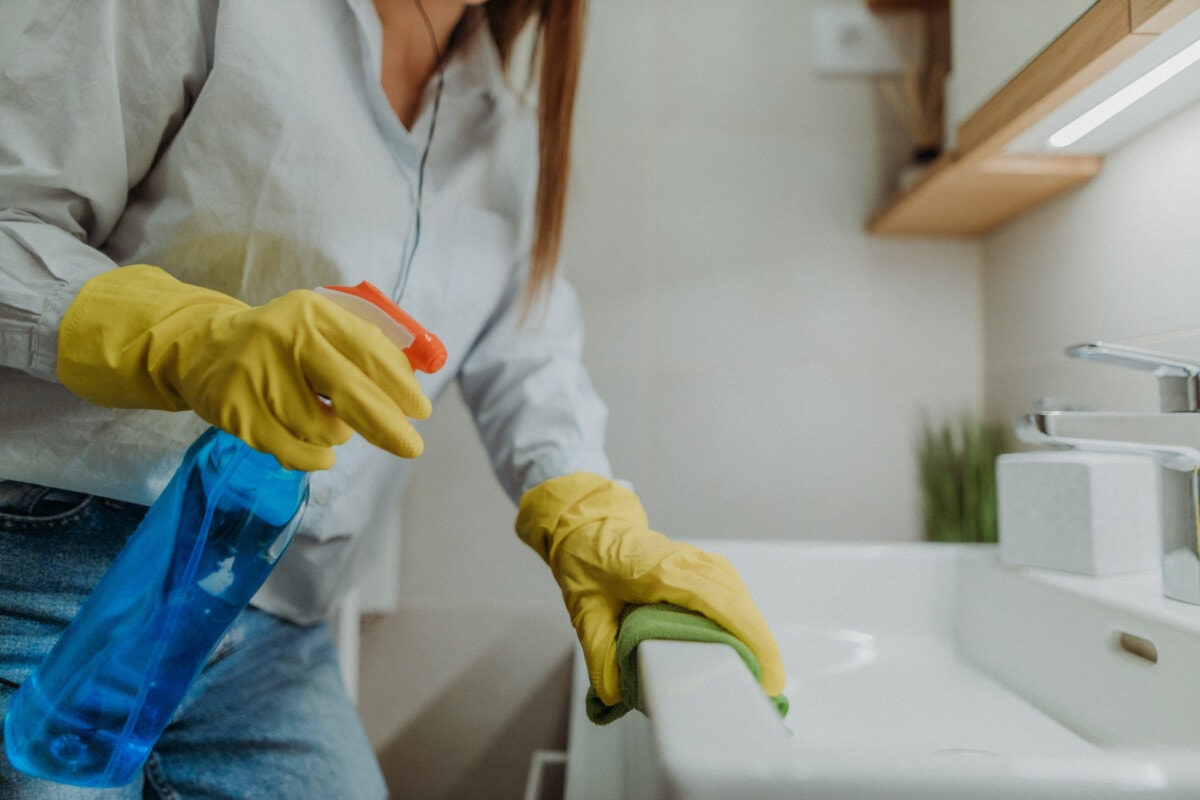Revitalize Your Curb Appeal: The Ultimate Guide to Exterior Cleaning
Revitalize Your Curb Appeal: The Ultimate Guide to Exterior Cleaning
Blog Article

When it comes to enhancing the appeal of your home, the exterior is often the first impression that visitors and potential buyers receive. With the right approach to exterior cleaning, you can dramatically improve the look of your property and protect its value. Over time, dirt, grime, and natural elements can accumulate on various surfaces, making them appear dull and uninviting. This guide will walk you through the essential aspects of exterior cleaning, helping you breathe new life into your home’s facade.
From gutters clogged with leaves to solar panels that have lost their shine, every part of your exterior requires attention. Roof cleaning is crucial for maintaining both aesthetics and functionality, while pressure and power washing can refresh flat surfaces like driveways and patios. By taking the time to revitalize your curb appeal, you not only create a welcoming environment but also increase the longevity of your exterior features. Let’s explore how to get started on your journey to a cleaner, more attractive home.
Gutter Cleaning Essentials
Advanced Concrete Cleaning Methods
Keeping your gutters clean is crucial for maintaining the integrity of your home. Clogged gutters can lead to a range of problems, including water damage to your roof, walls, and foundation. Regular maintenance helps prevent this, ensuring that rainwater flows freely away from your property. Investing time in gutter cleaning not only protects your home but also enhances its curb appeal.
To clean your gutters effectively, start by gathering the right tools. You will need a sturdy ladder, gloves, a trowel or scoop, a bucket, and a hose with a spray nozzle. Wear appropriate safety gear, as working on ladders can be dangerous. As you climb up to your gutters, carefully inspect for debris, leaves, and any buildup that may cause blockages. Removing these materials will allow water to drain properly and prevent overflow during heavy rain.
Once you have cleared the debris, it's important to flush your gutters with water to ensure that they are draining properly. Use a hose to run water through the gutters and down the downspouts. Look for any leaks or areas where water does not flow as intended. If you notice that water is pooling or not draining at all, you may need to check for clogs in the downspouts. Regular inspection and maintenance can help you identify issues early and keep your gutters functioning well year-round.
Solar Panel Maintenance
Keeping your solar panels clean is essential for optimal energy production. Dust, dirt, and debris can accumulate on the surface, blocking sunlight and reducing efficiency. Regular maintenance not only helps in maintaining the performance of the panels but also extends their lifespan. Depending on your location, rain may wash away some of the build-up, but manual cleaning is often necessary, especially in dry and dusty areas.
To clean your solar panels, you can use a soft brush and a mild soap solution with water. It is important to avoid harsh chemicals that can damage the surface. Using a hose with a spray nozzle is effective for rinsing off soap and dirt. If the panels are particularly dirty or hard to reach, hiring a professional service can be a worthwhile investment, ensuring a thorough and safe cleaning process.
Conducting regular inspections during the cleaning process is also important. Look for any cracks, loose connections, or signs of wear that may need attention. Maintaining clean and functional solar panels not only boosts energy efficiency but also contributes to the overall aesthetic appeal of your home's exterior.
Effective Pressure Washing Techniques
When it comes to exterior cleaning, pressure washing can be one of the most efficient methods to restore the beauty of various surfaces around your home. Start by selecting the right nozzle for your pressure washer. A narrow nozzle creates a concentrated jet of water, perfect for tackling tough stains on concrete or brick, while a wider nozzle provides a gentler spray for more delicate surfaces. Always begin with the lowest pressure setting and gradually increase it as needed to avoid damaging the material being cleaned.
Another crucial technique is to maintain a consistent distance from the surface during washing. Keeping the nozzle approximately two feet away allows the water to cover a larger area without causing harm. Additionally, moving the nozzle in a sweeping motion will help avoid streaks and ensure an even clean. For heavily soiled areas, pre-soaking the surface with a detergent or cleaner can help loosen grime and make the pressure washing process more effective.
Finally, after you finish pressure washing, it’s important to rinse thoroughly. Residual soap or dirt can leave surfaces looking dull if not properly washed away. Hold the nozzle at a consistent distance and ensure the water flows freely over the entire area. For best results, consider washing during cooler parts of the day to prevent the cleaning solution from drying too quickly, which can lead to streaks and residue. Following these techniques will help you achieve optimal results and enhance the curb appeal of your home.
Report this page